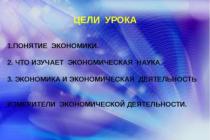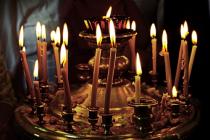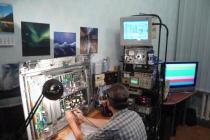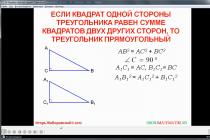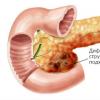Much has been said about the advantages and disadvantages of LED lamps. We will not talk about this in this article. We will be interested in the topic - recessed LED ceiling lights: types and varieties. Let's start with the fact that in the modern market of lighting equipment, LED recessed light sources occupy one of the important positions. But this type of equipment does not shine with variety. There are only two categories: spotlights and panels.
Spot LED lights
This group includes various kinds of devices that are installed in the ceiling structure in the form of small light sources. Depending on the purpose, they can have either two or three powerful LEDs, or a dozen low-power LEDs in their composition.
Purely structurally, such recessed ceiling spotlights are divided into several subspecies:
- these are spotlights (swivel lamps);
- point fixed models;
- hidden spotlights with a scattering effect.
As for fixed and rotary type LED lamps built into the ceiling, they can be used to illuminate not only the space of the room, but also the ceiling surface itself. This is especially important in cases where the design of the room itself requires maintaining an emphasis on the ceiling. In this regard, hidden spotlights (built-in) are much inferior in their functional properties.
If we talk about spotlights, then these lighting devices look favorably in those rooms where there is a need to focus on a certain place, but if necessary, reorient the light flux to another part of the room. True, experts assure that spotlights are not the most the best option when it comes to classic interior design. They are best used in rooms where designer style high-tech and the like.
Dimensions and shape
Spot type LED ceiling lights are most often in the shape of a circle. Some models may have a rectangular body shape, but the ceiling will necessarily be round. At the same time, there are structures that are a block of several light sources.
As for the dimensions, the diameter of the circle of the ceiling varies in the range from 55 to 85 millimeters. In this case, installation in the ceiling structure can have two options:
- recessed LED lamp can protrude beyond the ceiling surface up to 5 cm;
- can be recessed into the ceiling structure.
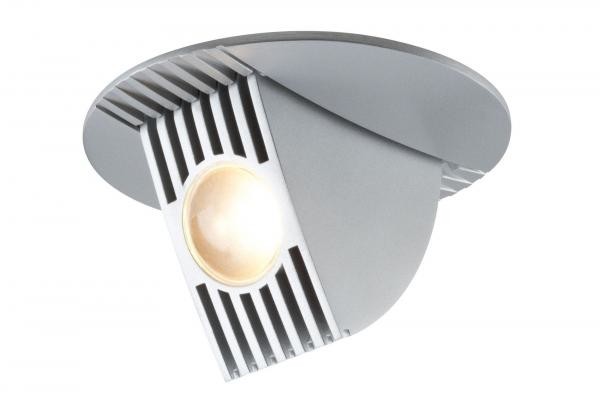
It should be noted that the power of such LED lamps lies in the range of 3-10 watts. Choose the color of lighting at your discretion, when it comes to living rooms, it is better to choose warm yellowish LEDs.
Installation
Regardless of which type of LED ceiling light is chosen for installation, it should be noted that for all categories, this process is the same. Namely:
- On the surface of the suspended ceiling structure, a hole is drilled to fit the size of the installation diameter of the luminaire. This can be done with a drill on which the crown is mounted, or with a jigsaw.
- Through the hole made, two supply ends of the wiring are output.
- The ends and terminals of the device are connected.
- Installation of the lamp itself, which is inserted into a hole in the ceiling and fastened there with the help of special clamps included in the design of the lighting fixture.
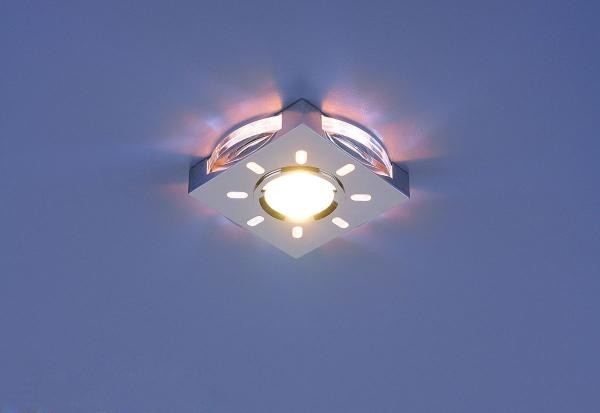
It is easier than mounting a traditional chandelier with lamps.
Ceiling lamps of this type are mainly used in non-residential premises (office, retail, entertainment, industrial, halls, and so on). The reason for such an application, in principle, is one - these are large overall dimensions and a powerful luminous flux that comes from this device.
Manufacturers of LED panels are trying to adjust their dimensions to the ceiling materials from which the suspended ceiling itself is assembled. Therefore, the variety of the size range is quite decent. For example, LED panels with dimensions of 300x300 mm, 295x1195 mm, 170x606 mm. True, practice shows that of the entire range, LED spotlights with a size of 595x595x40 mm are the most popular and in demand.
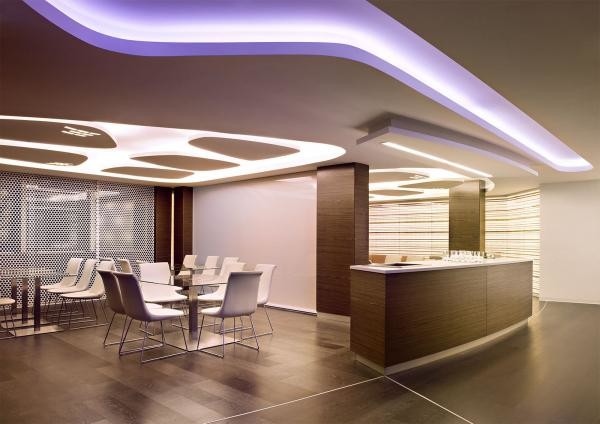
The thing is that the Armstrong suspended ceiling element, which is the leader among manufacturers of ceiling suspension systems, has this size. That is, such an LED luminaire (built-in) fits exactly into the suspended frame structure, which is the basis of the Armstrong suspended ceiling.
Hence, in principle, the ease of installation of the lighting device. It simply fits in place of the ceiling element. It is not fixed by anything, it is simply provided for its connection to the electrical wiring, which sneaks under the suspended structure in advance.
As for the power of LED panels, everything will depend on the number of LEDs built into the device. The maximum power consumption of one panel does not exceed 80 watts. In this case, the luminous flux will be within 5500 Lm. Manufacturers offer more powerful options, but they have not found their demand. And it's all about the high cost of the product.
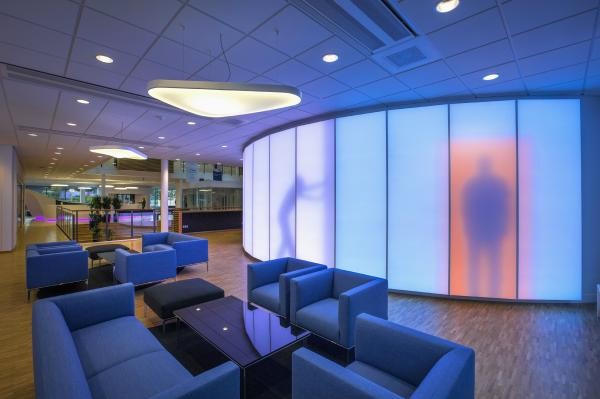
Conclusion on the topic
Both spotlights and LED panels are at the peak of popularity today. Of course, the main criterion for popularity is efficiency in terms of electricity consumption at high light indicators. But we must pay tribute to the manufacturers who tried to create the lineup, which made it possible to diversify the assortment in this category.
Related posts:
Apartment renovation
Hello dear readers of the portal site. In this article, we will look at how to competently and quickly install a do-it-yourself spotlight in a plasterboard or slatted ceiling.
To start the installation, we must carry out the preparatory work:
de-energize first this group electrical appliances, but since the installation spotlight should be carried out in a well-lit place, it is necessary to take care of sufficient lighting of the room.
Advice: Turn off the electricity using the desired "machine" or a general switch, do not rely on a room switch, often it opens only "zero" and not "phase".
Preparatory work
If there are several spotlights and they are located at a small distance from each other (up to 500 mm), then it will be enough to stretch the wire to the nearest one. This process is carried out before the installation of the ceiling structure. Then, after the ceiling is fully installed, the cable is routed from the device to the device.
Which wire to take? Of course, from the point of view of the convenience of connecting to the stamps, it is flexible stranded, but from the point of view of the quality and reliability of installation, it is necessary to choose the same one as for all wiring. More often it is a hard copper wire, for example VVG-2x1.5.
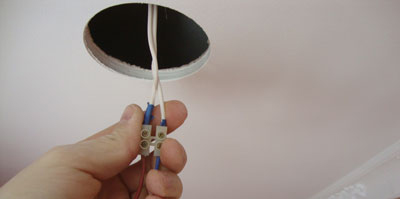
We fix the wires in the terminal block
If a step-down transformer is used, then there is one important nuance. When using a low voltage supply of halogen lamps (12 Volts), the voltage drop in the wires will be of great importance. In short, the wire must have a cross section of more than 1.5 sq. mm, preferably 2.5. And the length of the cable to each lamp must be the same, so that the voltage drop is the same.
Making holes for spotlights
The correct installation of a spotlight in drywall or plastic is as follows: you need to make a hole of the required size under it. The diameter of the hole being made is often indicated on the packaging of the lamp, but to check it is better to measure it once again. Most Popular hole diameters for spotlights - 60mm and 75mm.
After marking, we cut a hole of the required diameter with a drill and a special “crown” in drywall (the size of the hole should be as close as possible to the size of the lamp), and pass the connection wires through it.
In suspended ceilings of the Armstrong type, drilling is not required - it is enough to use a sharp clerical knife.
If you have stretch ceilings, then everything is more complicated - here all the holes and their sizes and position on the canvas are designed in advance at the stage of drawing the ceiling. Special thermal rings are mounted, which prevent overheating of the ceiling film from the temperature of the lamp. Thermal rings also add mechanical strength to the spotlight installation area.
Do-it-yourself spotlight installation
Installation must be carried out after the completion of all finishing work (pasting or painting the ceiling). This process already applies to finishing work.
You need to start by laying a wire in each hole.
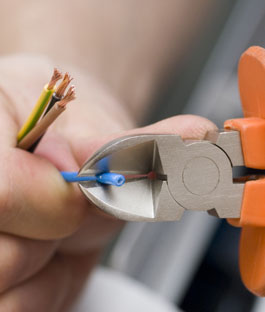
After we proceed directly to the installation of a spotlight. Along its edges there are special clamping antennae-springs, with the help of which the device is kept in the plane of the ceiling. You need to bring them together, then stick the lamp into the drilled hole in the ceiling, and after that they will disperse to the sides and press the lamp.
All this is not very inconvenient. In addition, there is a possibility of damage to an expensive ceiling, especially if the springs are tight, and the lamp does not immediately fall into place, and it has to be moved.
In this regard, it is better to bring the antennae together while still “on the ground” with a small piece of cable, which is then cut in the ceiling.
This solution is quite convenient when you have to install a lot of expensive fixtures in beautiful ceiling, and when it is undesirable to stain and scratch it.
We carefully mount the lamp in place, then cut the wire with wire cutters - and the lighting device now stands as it should without much effort and problems.
Connecting spotlights
Connecting recessed luminaires means connecting our installation wire to the base with flexible leads.
So, let's start electrical work, strip the ends of the connection wires from insulation and use the terminal blocks to connect to the lamp (if you have a 12v lighting fixture, then a transformer or electronic converter may be an intermediate link in this connection)
We put a cartridge on the lamp, install the lamp in the lamp, and fix it with a latch.
Everything, the installation of the spotlight is completed, we supply electricity and check our work.
The latest trends in lighting design are multi-element systems, using a large number of small lighting fixtures. Massive chandeliers are far from being in all interiors, and even if they are, they are still complemented or spotlights. All this creates a lot of options. But choosing spotlights is even more difficult than choosing a chandelier - there are too many nuances to take into account.
With the advent of suspended and stretch ceilings, such a thing as spotlights appeared. Firstly, on the ceiling they look like a luminous dot, and secondly, a spot also remains on the floor, but of a much larger diameter.
There is another name - spots. This is a transliteration of the English word “spot”, which translates as “point”, that is, in this case we are talking about the same type of lamps - spotlights. Some by this word mean rotary models, but this is not entirely correct.
Understanding types and varieties
Going into any more or less large store selling lighting fixtures, you can get confused by the abundance of different spotlights. It's very difficult to choose. There are different designs, different thicknesses, they are designed to work with different types of lamps. In order to competently choose spotlights, you need to understand all these subtleties.
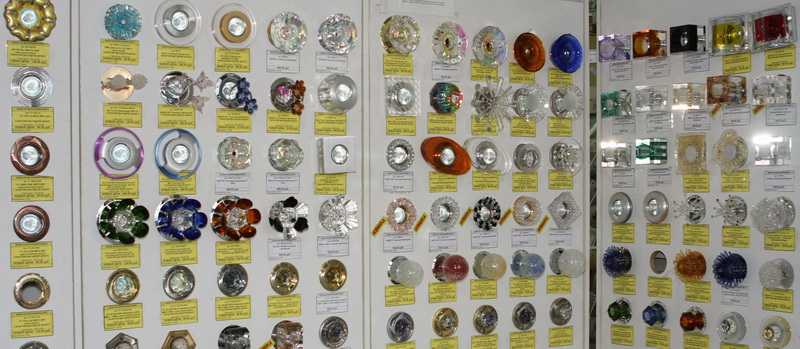
Let's just say that there is no official classification. There is some division into types, accepted by sellers and professionals. Nevertheless, it is she who helps to navigate in a huge number of models.
Mounting method: built-in and overhead
First of all, you should know that spotlights differ in installation methods and there are overhead and built-in.
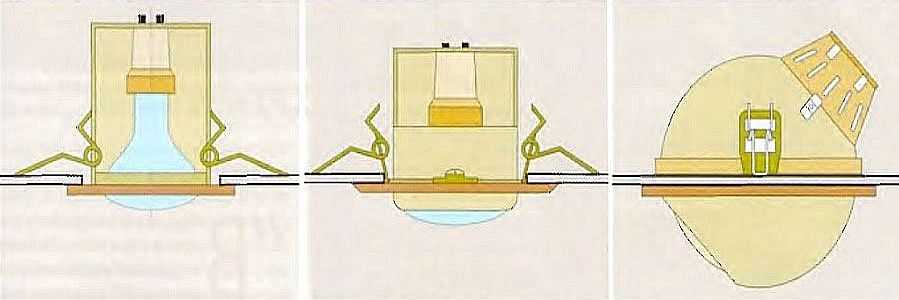
It is easy to choose turned lamps on this basis. For suspended ceilings, your desire is important, because you can install any kind - both built-in and overhead. For stretch ceilings, only built-in models are suitable, and even then not all.
Recessed luminaires for suspended and stretch ceilings
Recessed spotlights are divided according to their purpose: for stretch and suspended ceilings. They differ in the method of fixation and design. Let's start with the fixing method.
Spotlights for plasterboard or other suspended ceilings have spring-loaded struts on the body. When they are inserted into the hole made, the spacers are clamped with fingers. When they are unclenched, the springs bend these "wings". It is they who, due to the force of elasticity, hold the lamp.
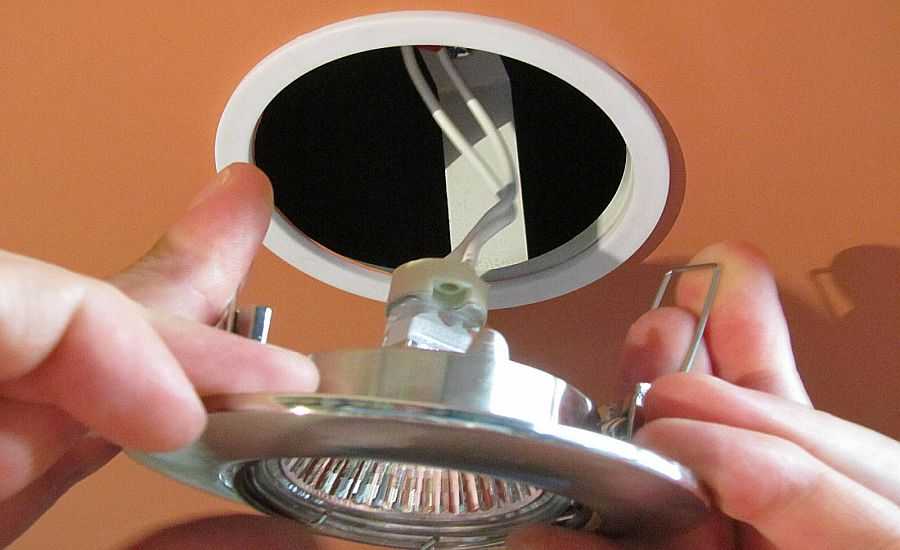
Such a design on stretch ceilings is unacceptable - the film or fabric obviously does not have enough bearing capacity. Therefore, for stretch ceilings, models are produced with an adjustable suspension bolted to the body. The suspension itself is attached to the main ceiling. Then, after mounting the film or fabric, set the desired height.
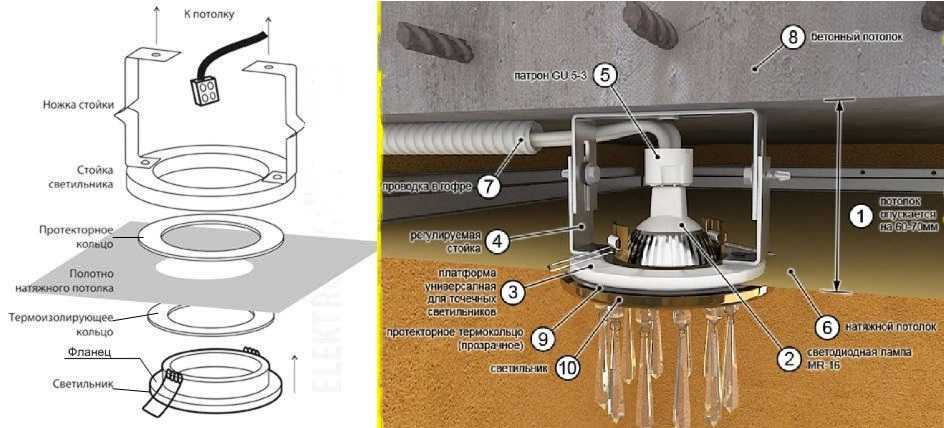
This does not mean that you cannot adapt the models you like for suspended structures for tension ones. On sale you can find separate brackets with adjustable height. Perforated hangers used for plasterboard work are also suitable for these purposes. It is much more difficult to set the required height with them, but you can handle it.
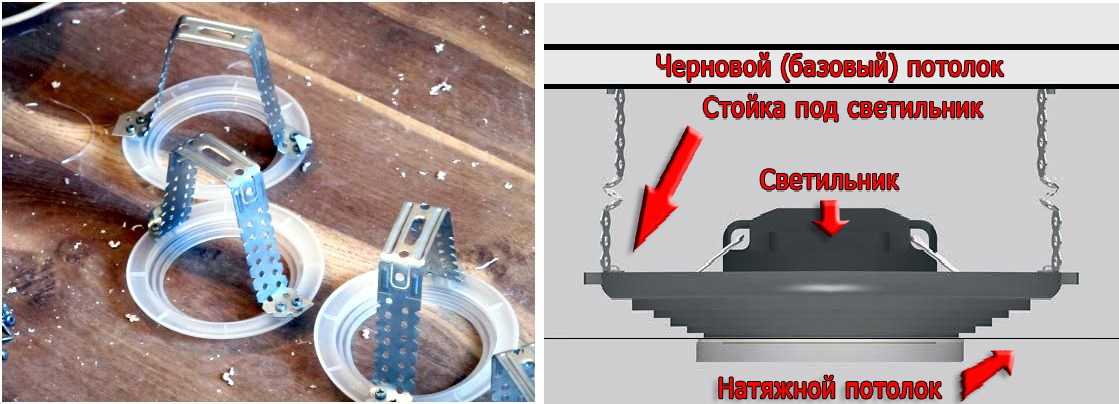
These are not all the differences between spotlights for stretch ceilings. There are structural differences. They are made so that the light does not penetrate the ceiling space. Otherwise, it will “highlight the insides” and debris that eventually ends up on the fabric or film. If you are faced with such a problem, there are two ways out. The first simple one is to put a light bulb with a mirror coating on the bulb. Their light is directed, basically, only forward and the backlight effect will disappear.
The second option is to leave the old light bulbs, but wrap the case on the outside with foil or foil material. This method works, but it is better not to use it. It significantly impairs heat dissipation, which will lead to more intense heating of the adjacent film or fabric. As a result, a dark and/or deformed spot will appear around the luminaire, and there may be worse results ...
It is also easy to choose spotlights on this basis - for tension ones, it is advisable to choose from your category. In addition to all the nuances described, they are also equipped with additional sealing rings that protect the film from damage.
Swivel
Most spotlights have a fixed bulb position. But there are models in which they can turn. They are called turning.

They are used in those places where it is necessary to create an emphasis on some detail by highlighting it. For example, in order not to broadcast sconces over the pictures, you can highlight them with the help of rotary spotlights. They can also be installed in a built-in or conventional wardrobe - it will be possible to direct the light to the right place. Choosing spotlights on this basis is simple - they are placed where necessary. It is unlikely that anyone will install rotary models “just like that” - they cost much more, because the hull design is more complicated.
How to choose spotlights according to technical parameters
To choose spotlights, in addition to the features of the device and design, you also need to understand the technical parameters.

Selection of spotlights according to technical parameters- going into details
Supply voltage
There are spots powered by a 220 V network, there are low-voltage spots powered by 24 V or 12 V. The former are placed in ordinary “dry” rooms, the latter are more often used in bathrooms, for lighting pools, etc. This does not mean that lighting in an ordinary room cannot be done using 12 V spotlights. It is very possible. But for their operation, a voltage converter or a battery with the appropriate characteristics is required, as well as the use of wires with a larger cross section (due to the reduced voltage, the currents increase, which leads to an increase in the wire cross section). But if you use LED lamp, the cross section will be small.
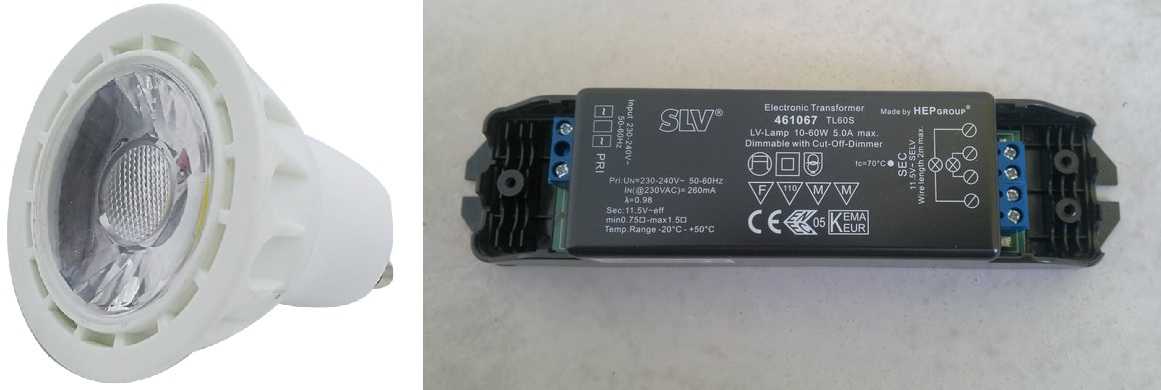
Spotlights for 12 V can be connected to a common powerful transformer or have an "individual"
So, if you want to choose bathroom spotlights and safety is important to you, look for suitable models powered by 12V or 24V. They come with LED or halogen lamps. The use of LEDs will also save on bills, and halogens give the most pleasant light and more accurate color reproduction. The same light sources can be used outdoors to illuminate, for example, front door and porches.
In ordinary living rooms or “dry” technical rooms (entrance hall, corridor), the use of low-voltage lamps is a rather rare case, but solely for reasons of practicality of such a solution.
Lamp type and base
To choose spotlights, you need to decide on the type of lamp and base. In such lighting fixtures are installed:
- Low power incandescent lamps. Their maximum power is 40-60 W, it is better to install models with mirror coating to form a directional light flux. The disadvantages are known - a large consumption of electricity, a large amount of heat generated during operation. Therefore, this type is undesirable to use for stretch ceilings.
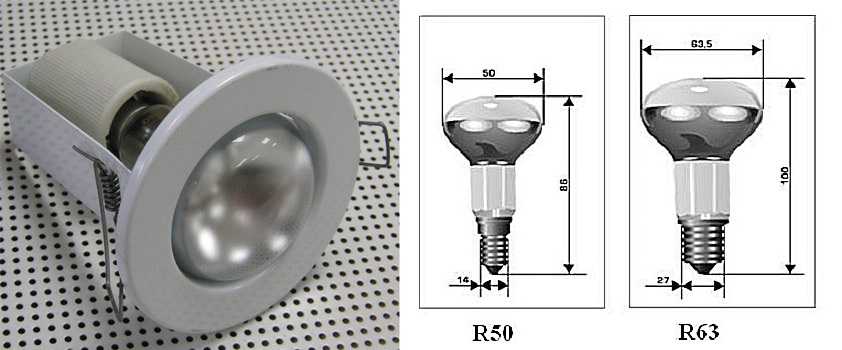
In spotlights it is better to use incandescent lamps with a mirror coating - at least some direction of light
- Halogen lamps with reflector and external bulb. Very similar to incandescent bulbs. You can distinguish by the fact that inside the flask there is another miniature - in fact, halogen lamp. They have standard screw bases (E 27 and E 14) and pin bases (for low-voltage GZ 4, GY 4, GX 5.3, GU 4, GY 6.35, GU 5.3, for 220 V G9, G10). More economical (30% less energy consumption for the same luminous flux), are more durable, but get very hot. Once upon a time, only such lamps were used in 12-volt spotlights (there were no LEDs yet).
- Halogen capsule lamps. Also called "finger". Miniature light sources that consist of a small bulb and two wires / leads. They are installed in closed fixtures, during installation they require special care - a fingerprint can cause burnout. Available only with pin bases, and small sizes - for spotlights for 220 V - G9, and for those working at reduced power - G4; G5.3; GY6.35.
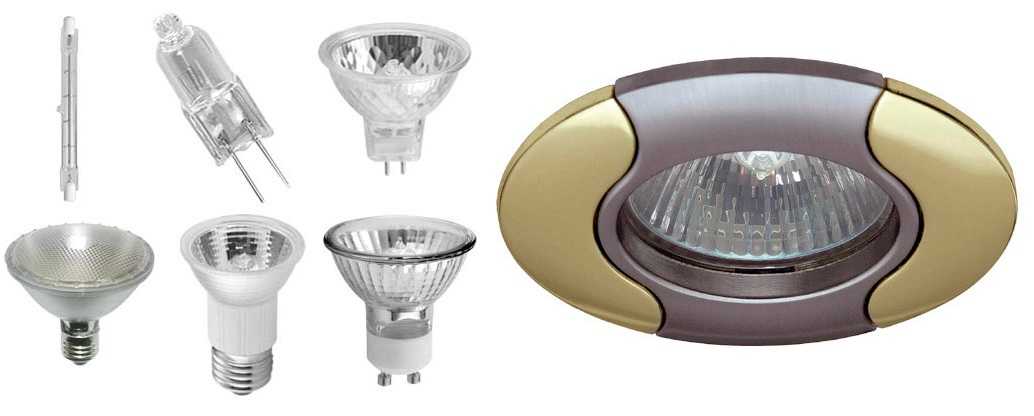
- Housekeeper or compact fluorescent lamps. They do not look very good in spotlights, as "compact" is in relation to linear counting sources, which appeared first. In general, even the smallest housekeepers stick out of most buildings. Basically, they replace incandescent lamps, as they consume 2-3 times less energy. But they give light more "cold" and pulsating (which is much worse).
- LED lamp. Here again, there are light sources with two types of socles: screw and pin. And there are all sizes. And for installation instead of incandescent lamps, and for replacing any halogen ones. In addition, there are spotlights with built-in LEDs - these are the so-called "tablets", which have a very small thickness. Of all the above, LED lamps are the most economical in terms of energy consumption, emit the least heat, and have the longest working life. But, they are also the most expensive. In addition, there are a huge number of low-quality products that have a strong pulsation and impaired color reproduction, due to the use of cheap parts, they quickly burn out. That's why it's not easy.
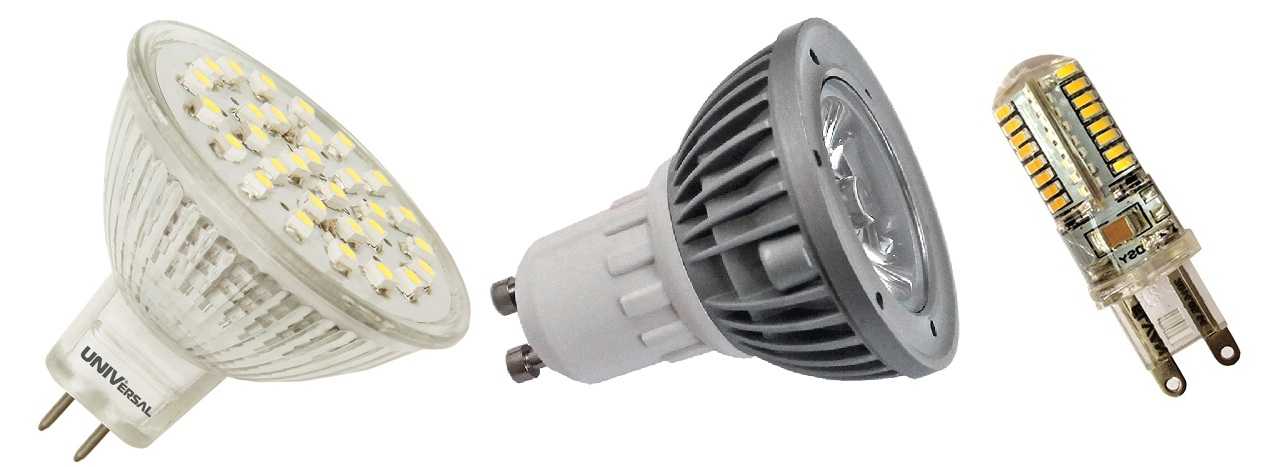
How to choose spotlights in this category? Incandescent lamps are becoming less and less popular: they are too uneconomical, although they give a pleasant light. If eye comfort is very important to you, put halogen ones, and flask or finger ones - it doesn’t matter. If there are too many lamps and even halogen ones are expensive, use LED ones. But it is worth remembering that high-quality llamas cost a lot of money, and cheap ones, firstly, quickly burn out, and secondly, they can be harmful (due to the high ripple coefficient). But this is the only, so far, type of lamp that can give any light.
Dimensions of spotlights
When installing recessed spotlights for pendant or stretch ceiling a parameter such as the height of the lighting device is very important. After all, this parameter depends on the height to which the final ceiling will have to be lowered. And in the conditions of our apartments it is very important.
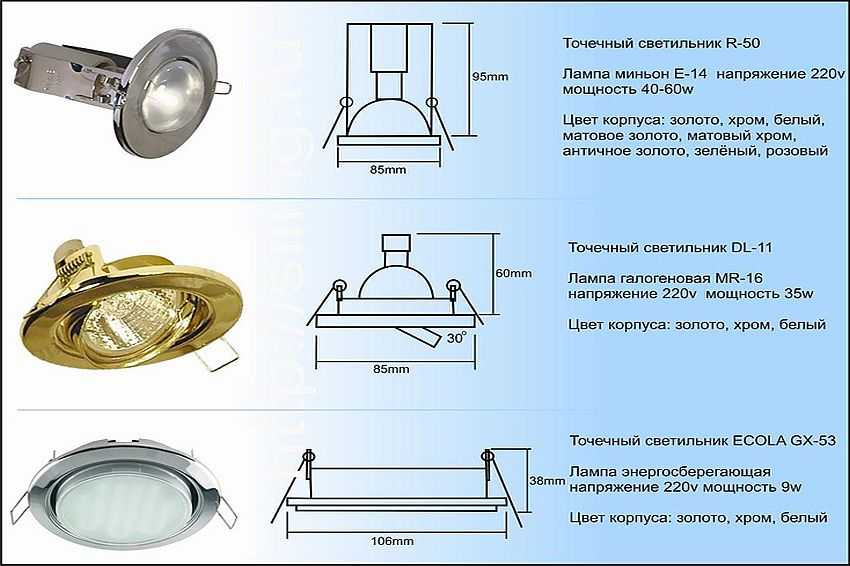
If we consider spotlights with lamps of various types, a general pattern is observed:
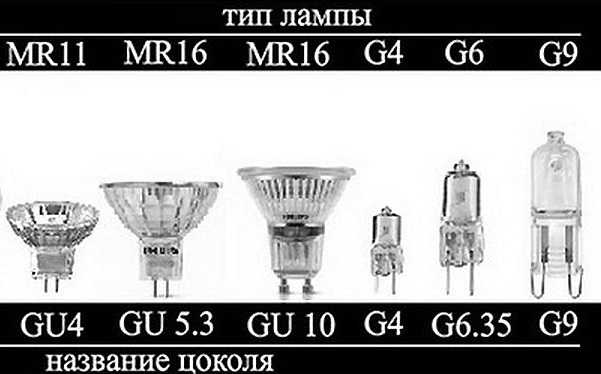
This is the basic information on the size of spotlights, depending on the type of lamps used. And let us remind you once again: there are LED energy-saving lamps - complete analogues with the same dimensions and base.
In general, you understand - it is difficult to choose spotlights. You have to take into account a lot of parameters. And this is without taking into account the appearance and choice of the manufacturer. In general, that is still a task.
Protection class
This parameter is important if you need to choose spotlights for a bathroom or other wet room. AT technical specifications there is such a line as protection class. there are two letters IP and two numbers, in which information is encrypted about the ability of the lamp to endure the ingress of solid objects (first number) and exposure to water (second number). The larger the number, the greater the degree of security. For stirring on the bathroom ceiling - not lower than IP 44.
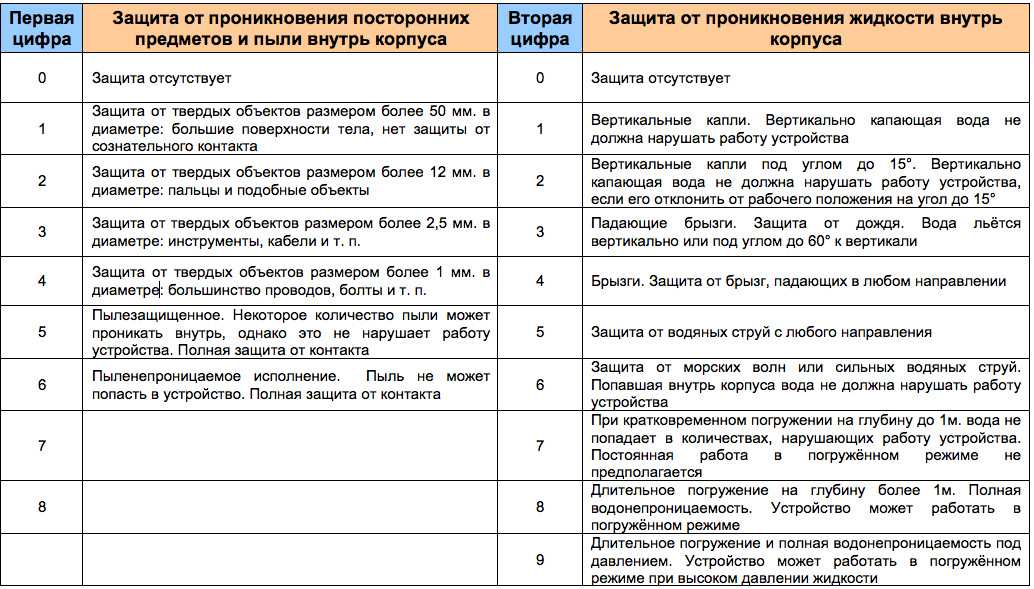
You can bet with more security, but with less - it's better not to. Especially if the spotlights are located directly above the bathroom - they must be protected from water ingress.
Appearance and lighting effects
Lighting is not only functional. Often it is also a decorative component. To make it a little easier to choose spotlights according to this principle, we divide them into categories:
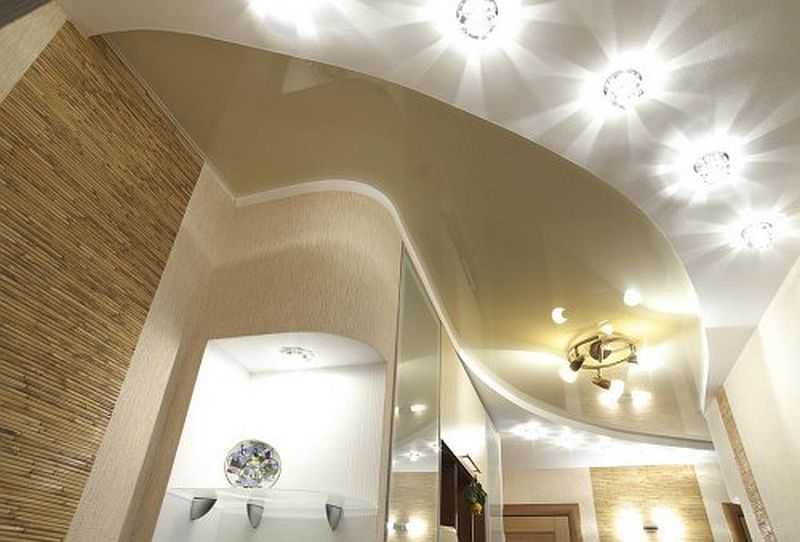
In fact, the choice of design is almost the most difficult, because there are also rotary models, and two or three or four light bulbs in one case, and with various inserts of a different color, and with painting, embossing, etc. . etc.



